Date: 5 August 2014
Stefan Behling and his team from the Institute of Building Technology, Construction and Design (Institut für Baukonstruktion) at Stuttgart University. In space of around 2,500 square metres, under the motto “Intelligent Glass”, it will be showing trend-setting glass products and applications. The main theme areas this year are: “Innovations in Glass”, “Intelligent Building Shells”, “Façade + Energy”, along with “Glass Design”.
Innovations in glass
In addition to new glass products, the focus of the main “Innovations in Glass” theme will also extend to innovative production, processing and finishing possibilities. Here, companies, universities of applied science/technical colleges and research institutions will be presenting their current projects connected with the material glass. Numerous application examples and prototypes clearly illustrate the range of practical implementations. The focal points of this themed sector are: glass as a supporting construction material, hot and cold-bent glass, laminating and adhesive technology, joining technology along with thin and light glass applications.
The combination of new technologies and hybrid components has led to an enormous increase in the efficiency of glass applications. As a graphic example of this the special show is presenting among others an approximately 9 m-long bridge made entirely of glass, which rests on pre-stressed glass supports with filigree stainless steel cables. The walk-on bridge is part of a current research project being conducted by the Institute of Building Technology, Construction and Design at the Technische Universität Dresden (University of Applied Science), which involves optimizing the interfaces of the glass/stainless steel material combination and developing a modular support system for various spanning widths. This theme is also included in the supporting “engineered transparency” scientific specialist conference.
Also on view is a glass support on a tensile stress basis spanning 12 m. According to Dipl.-Ing. Architect Jutta Albus from the organization team at Stuttgart University, the presentation of the newly built headquarters of gin producer Bombay Sapphire, part of the Bacardi Group, impressively demonstrates the current possibilities in the area of glass bending and use of glass in the implementation of exceptional design concepts and highly complex glass architecture. The two highly transparent glass buildings at company headquarters are characterized by ultra-light, folded shell structures using minimalistic steel girders and double-bent glass panels with stabilizing function. An original segment of the façade can be closely viewed in Düsseldorf. The Innovations in Glass theme sector is rounded off by exhibits and presentations of new types of insulation glass, coatings and multi-functional glass products.
Intelligent building shells
The main “Intelligent building shells” theme area takes a look at all the aspects which are key to future-orientated, energetically efficient and sustainable building shells in glass. glass technology live shows how modern heat insulation and solar protection glass along with switchable glazing can be installed in building shells very efficiently and with the highest aesthetic standards. According to Dipl.-Ing. Architect Stefan Robanus, also a member of the organization team at Stuttgart University, one of the highlights of this year’s special show is the “seele iconic skin” modular structured glass façade. The brand-new development realized by German company seele, a specialist in exceptional glass façades, is being presented to trade visitors for the first time. The external and internal façade surface of the seele iconic skin appears to be completely homogenous, without any visible transoms or pillars, lateral supports or mountings and fastenings. The double-skin structure with integrated profiles is fitted with a patented, self-conditioning pressure compensation system (SCF – self conditioning façade), which ensures passive ventilation through interaction with the external climate. The new glass sandwich element façade offers excellent heat and sound insulation and enables the integration of sun protection elements. Maximum element sizes of 3.20 by 15 metres combine several floor heights to form one vertical, optical unit. According to the manufacturer, seele iconic skin enables maximum individuality in terms of the arrangement, form and size of the transparent areas along with the printing and colour scheme of the external and internal glass surfaces.
Another type of functional, stand-alone façade has been developed by Josef Gartner GmbH. The special feature of the CCF-Façade (Closed Cavity Façade) created by this façade builder, part of the Italian Permasteelisa Group, is the integrated cavity between the glass elements. The space between the inside and outside skin is completely enclosed. In order to avoid condensation on the façade, dry, clean air is continuously fed in, says Jutta Albus explaining how it functions. The energy consumption of the façade is thus reduced to a minimum. gtl is showing a 2.70 by 3.50 Meter mock-up of the CCF façade.
Light control and light diffusion continue to be very topical themes in modern architecture. The special show demonstrates which effects can be achieved with corresponding special glass. In addition, it is dedicated to glazing incorporating electronic functions, future-orientated shade-providing systems and the latest status of development in the area of vacuum glass.
Façade and energy
In the “Façade + Energy” theme area, the focus is all on the latest developments from the sectors of solar power and solar heat. Here the trade visitors can expect a broad spectrum of trend-setting products for the efficient use of solar energy. In addition to presentations from the areas of thin-layer photovoltaics and organic photovoltaics, PV modules in large and special formats offering maximum effectiveness play a key role here along with module design.
In view of its extensive architectural possibilities and positive effects on the energy efficiency of buildings, the theme of Building Integrated Photovoltaics will once again be the focal point of interest in glass technology live. Application examples show how this future-orientated technology can play its part in decisively shaping the architecture of the future. Also sustainable but designed with quite a different concept is the bio-reactive façade (algae façade). Due to the influence of sunlight, micro-algae grow in the space between its panes. They are cultivated and their by-products, biomass and biogas, are used to produce electricity. In addition to other exhibits, the trade visitors can view this exceptional façade in the gtl.
Glass design
The individual design of glass products is a key component in the glass boom in building shells and interior design. Today, the latest silk screen technology, digital printing and film laminates enable the realization of glass designs, which for a long time had seemed impossible. glass technology live is presenting an absolute highlight also in connection with this theme. A pane in a spectacular 3.20 x 14.00 metres format finished using the ceramic digital printing process clearly illustrates which sizes can be produced using this modern technology. The colour application is much thinner than silk screen printing, while translucent printing and colour graduations are also possible. A further advantage offered by ceramic digital printing is the fast and cost-effective reproducibility of designs. This makes the process attractive especially for individual façade design. The exhibit is being presented by German glass finisher sedak. The company can print panes up to a size of 15 by 3.21 metres in highest resolution and further process them to create functional glazing.
Considerable growth potential can also be expected in the area of glass finishing using laser technology. The possibilities offered by this technology are diverse: the laser enables highly efficient and extremely precise glass surfaces to be individually designed. In addition, the concentrated light beam can be used for engraving three-dimensional structures and motifs in the glass interior. The entire service spectrum of laser technology is shown by presentations from laser system manufacturer Cerion.
An absolute boom in glass design is being experienced by integrated light sources (Light Points, LED and OLED). The possible applications for this technology extend from illuminated glass shelves, tables and walls up to the large-format media façade with colourful moving images. In combination with glass-integrated fabrics or special films, the innovative light sources can also be used to produce highly attractive 3D-effects. gtl is presenting spectacular examples of applications.
Technical Symposium
In parallel with the “glass technology live” special show, in the supporting trade symposium high-ranking speakers from leading research institutes, associations, companies and architects’ offices will be presenting extensive information on various theme areas. As is the case with the special show, the symposium will also be focusing on the future of the glass industry. On each day of the trade fair the agenda will be dedicated to a different key theme, the contents of which are being organized by the participating partners of Messe Düsseldorf. The main themes in 2014 are: Tues: Batch, Melting and Forming (Hüttentechnische Vereinigung der dt. Glasindustrie e.V. / Research Association of the German Glass Industry) and Deutsche Glastechnische Gesellschaft e.V. / German Society of Glass Technology), Wed: Production technology for the processing and refining of glass (Verband Deutscher Maschinen- und Anlagenbau e.V. / German Engineering Federation, VDMA), Thurs: Transparency – State of the Art Technologies (Stuttgart University), Fri: New perspectives and market opportunities for the glazier trade (Bundesinnungsverband des Glaserhandwerks, Federal Association of German Glazing Guilds, BIV) and Glass in Windows and Façades (Bundesverband Flachglas, Federal Flat Glass Association). The symposium is open to all trade fair visitors free of charge within glasstec.

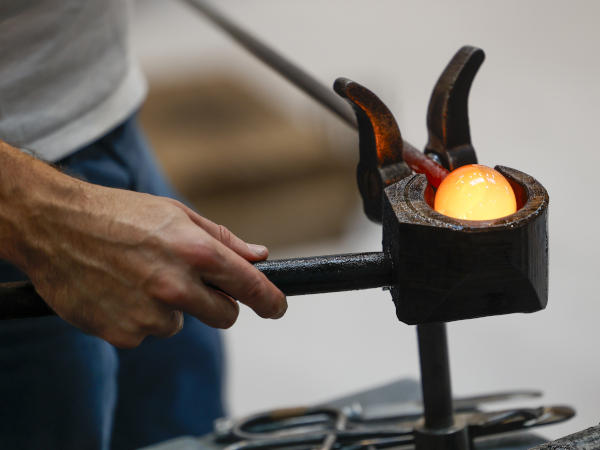
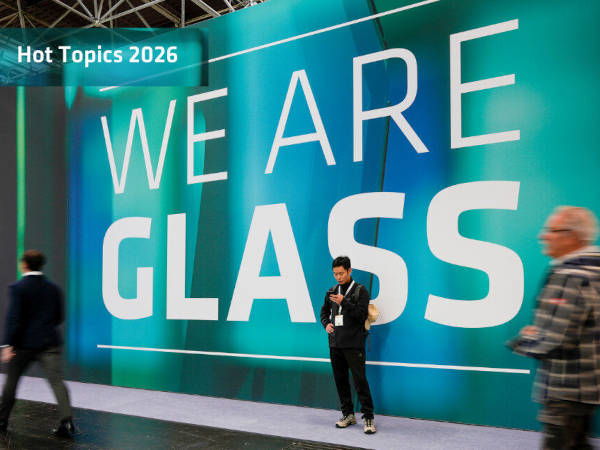
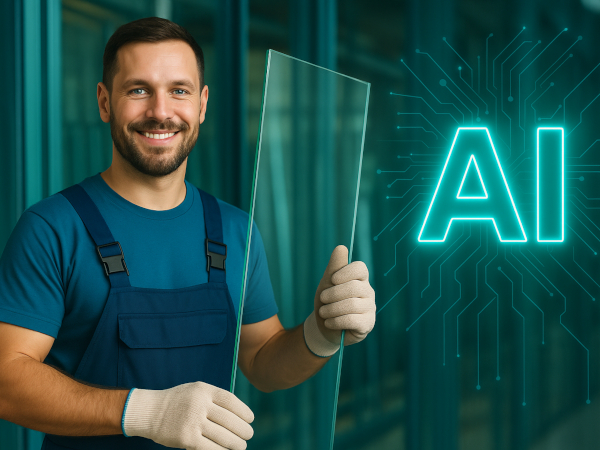
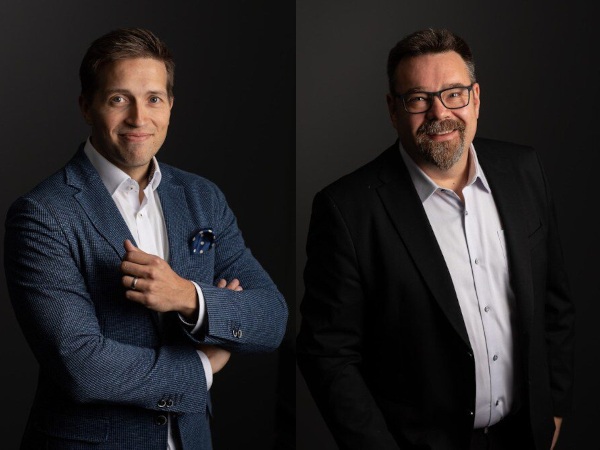

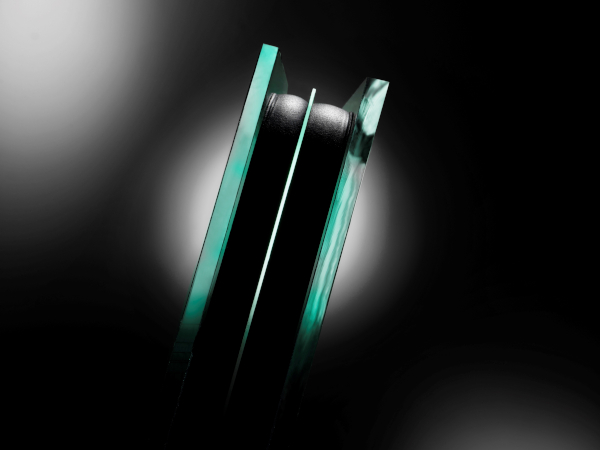
Add new comment